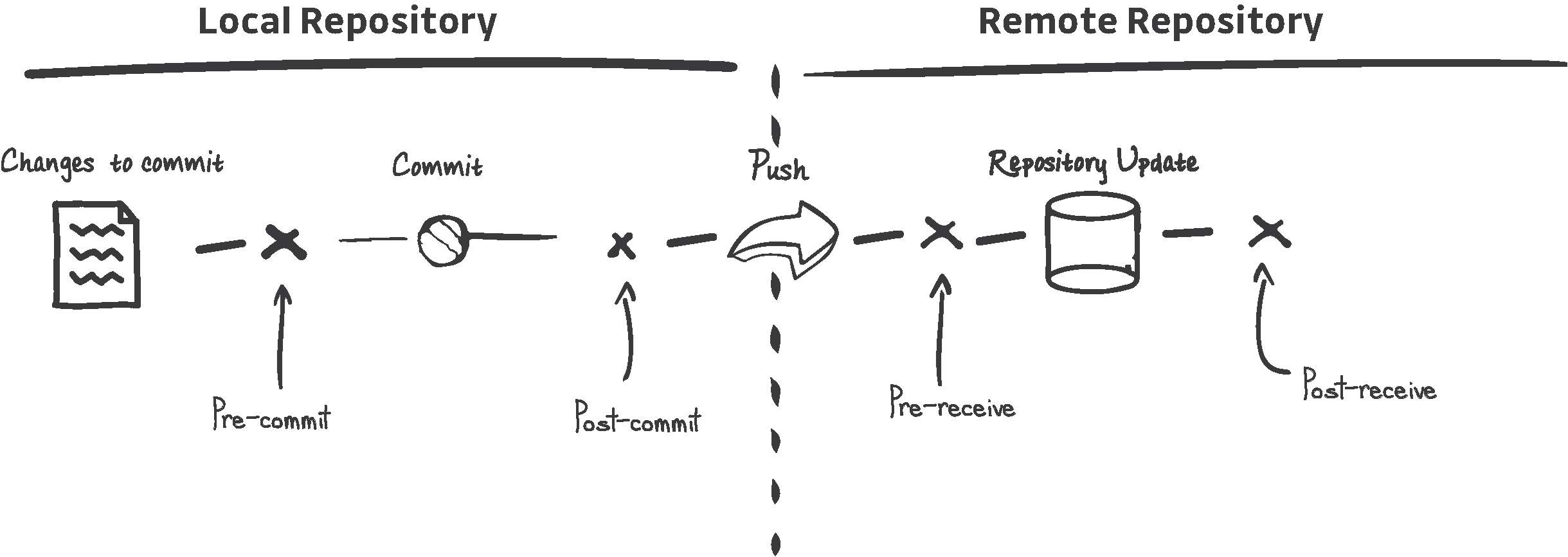
You can see it packages everything up and then sends it to the remote repository. We haven’t talked about branches yet, but master is the default. Step 3: Push your commits to the remote repository. Check out all your remotes with git remote or git remote -v. You can have multiple remotes and give them all different names like ‘stage’ or ‘production’. We named this remote “origin” out of convention. Step 2: Add the remote repository to your local “working tree.” Open up the terminal and navigate back to my_app (perhaps it’s still open?) We’re going to add a “remote.” $ git remote add origin syntax is git remote add. Log in and click “New Repository.” Name it my_app if you’d like. If you don’t already have an account on github, go get one, because we’ll be using it in the next examples. A remote repository is simply another repository, typically on another server, that you can push your commits to and pull other commits from. Working with a remote repository is a great way to work from multiple machines, collaborate with other developers, and back up your source code.
GITX HOOKS CODE
These four simple commands, init, add, commit, and checkout will enable you to create a history of your code and remove all sorts of risk in your development workflow. Make some changes to README in your repository, then run this command: $ git checkout READMEīack in your text editor the file should be back to how it was the last time you made a commit. If you have only modified files, and haven’t created any new ones, you can use this shortcut and skip the git add step, but remember this will only catch files that have already been added before: $ git commit -a -m 'whatever message you want' $ git commit -m 'whatever message you want' Now we wash, rinse, repeat: make changes, add, commit.
GITX HOOKS ZIP FILE
Almost like you make a zip file and store it somewhere (except way more efficient.) It will always be there you can refer to it whenever you want. A “commit” is sort of like a snapshot of your code. This is my first commit evarġ files changed, 1 insertions(+), 0 deletions(-)Īnything that was “staged”, or added, gets committed to your repository. Step 4: Commit the changes $ git commit -m 'This is my first commit evar' You also have to add modified files that already exist if you want them in the next commit. In essence we’re just telling git that we want README to be included in the next “commit.” You can pass in a file name or any path, I usually just do $ git add. Staging your changes sometimes feels like an unnecessary step to beginners and svn converts. It will show you which files aren’t being tracked, have been modified, deleted, etc. To see what’s going on run the status command. Create a README file with your text editor and save the file into my_app, or go command-line commando like so: $ echo "I am a git repo." > README It’s also good to know if you’re deploying old-school-unenlightened-ftp-style, you might want to omit the.


If you get all uncomfortable just delete. svn in every single sub-directory (yay!) There’s nothing really to do with this directory right now, just know that it’s there. Unlike SVN, this is the only place you’ll find any git folders, it doesn’t make a. If you were to open the hidden directory you’d see something like this: my_app/ Initialized empty Git repository in ~/Desktop/my_app/.git/ Step 1: Create the repository: $ git init First open up the terminal, create a directory, and navigate into it: $ cd ~/Desktop The point is to have a history of your code that you can always go back to. Starting with the basics here, we’ll create a “repository”, make some changes, and “commit” those changes into the repository. If you haven’t already installed git on your machine, you should read the Installing Git article in this issue.
I know, Linus has no beard, but he should. There are some full-featured GUI’s for git, but most developers find the command line coupled with a GUI viewer to be more efficient. This article is all about Git, and using git from the command line. Working from multiple machines was a drag and collaborating with others was nearly impossible before the bearded computer geniuses came up with stuff like Git, my source control program of choice. It allows you to make mistakes and be experimental without worrying about getting back to an application that once worked. Part of the issue Git Your Act and Deployment Together.Įvery current or aspiring developer, member of a team or work-from-home freelancer, ought to be using source control for their code.


 0 kommentar(er)
0 kommentar(er)
